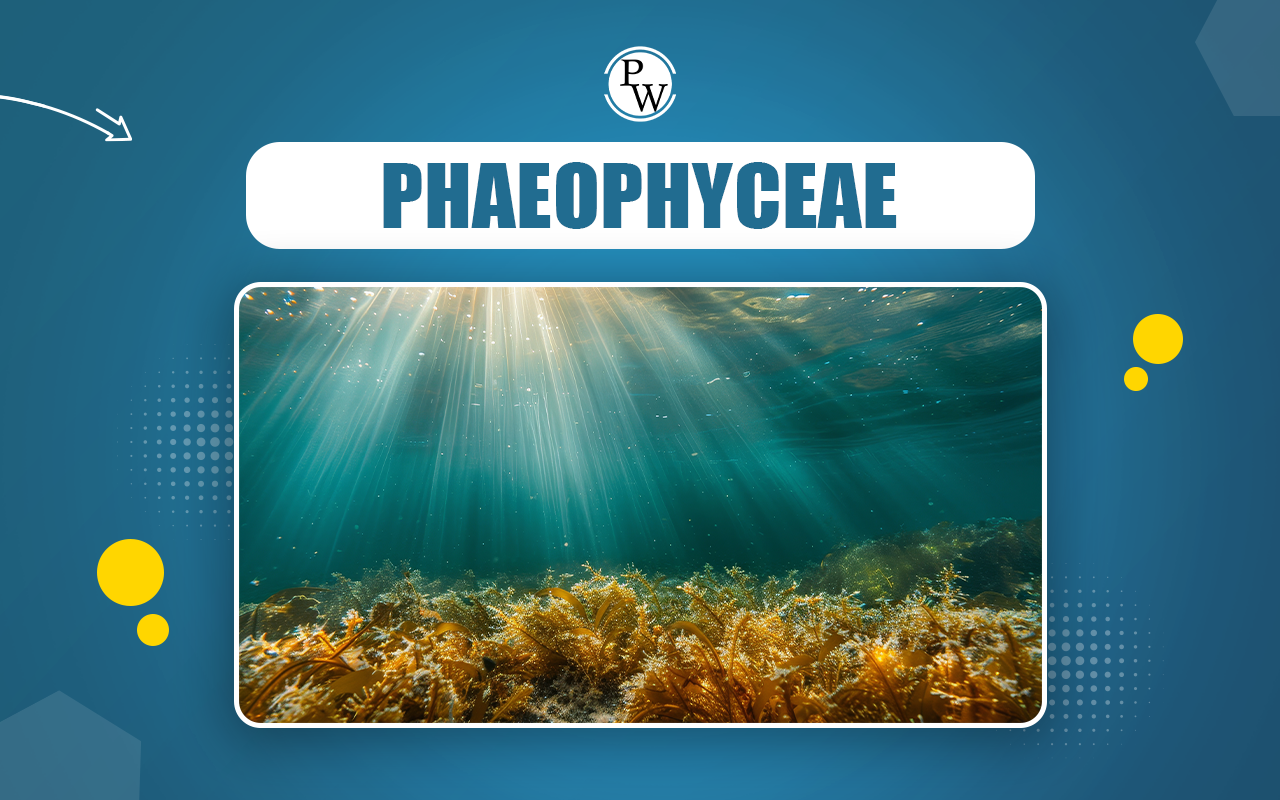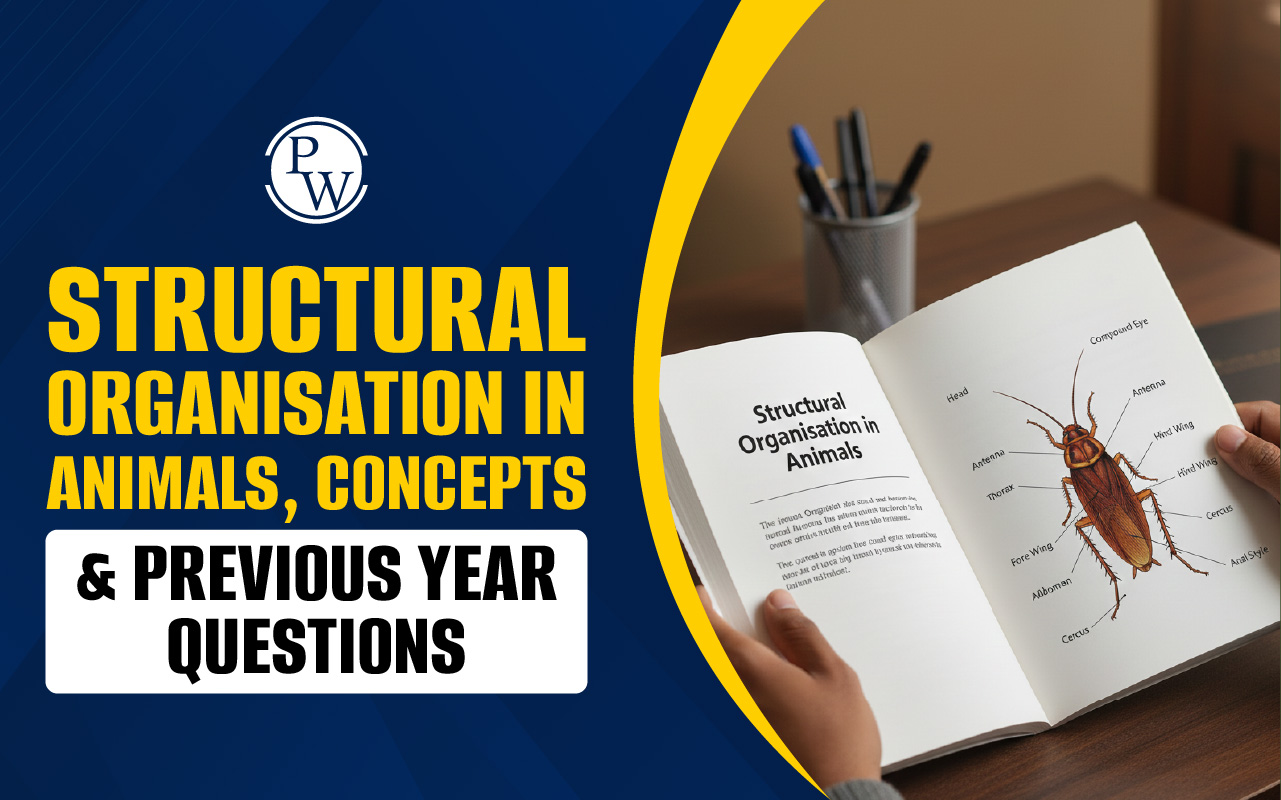

Phaeophyceae, commonly known as brown algae, are primarily marine organisms that exhibit a diverse range of sizes and forms. Phaeophyceae, or brown algae, are vital for marine ecosystems and are a key topic in the NEET exam and Biology syllabus .
Definition of Phaeophyceae
Phaeophyceae, or brown algae , are a class of algae predominantly found in saltwater habitats. They are defined by their characteristic brown color, which results from the presence of the pigment fucoxanthin, along with chlorophyll. Brown algae are generally multicellular and can vary greatly in size, from small tufts to large kelp that can reach lengths of over 60 meters. This class of algae plays a fundamental role in marine life, offering habitat and food to numerous marine organisms.
Characteristics of Phaeophyceae
Brown algae exhibit several distinct characteristics that set them apart from other types of algae .
- The color of brown algae varies from olive green to dark brown, depending on the concentration of the xanthophyll pigment fucoxanthin. In addition to fucoxanthin, they contain chlorophyll a, chlorophyll c, carotenoids, and other xanthophylls.
- They store food in the form of complex carbohydrates, primarily laminarin and mannitol, which are unique to brown algae.
- The cells of brown algae have a cellulosic cell wall, often covered by a gelatinous layer of algin. This coating protects the cell and provides structural support. The cell also contains plastids, a central vacuole, and a nucleus.
- Brown algae are attached to the substratum by a structure called the holdfast , which anchors them firmly. The thallus is differentiated into a stalk-like structure known as the stipe and leaf-like fronds that are involved in photosynthesis .
- Some well-known examples of Phaeophyceae include Ectocarpus, Dictyota, Laminaria, Sargassum, and Fucus.
Reproduction in Phaeophyceae
Reproduction in Phaeophyceae can occur through multiple methods, ensuring their adaptability and survival in diverse marine environments. The reproduction process in brown algae can be categorized into three main types: vegetative, asexual, and sexual reproduction .
Vegetative Reproduction
This occurs through fragmentation, where broken parts of the thallus can grow into new organisms. This simple form of reproduction allows for rapid colonization of new areas.
Asexual Reproduction
Asexual reproduction in brown algae takes place through biflagellate zoospores, which are pear-shaped and have two unequal flagella attached laterally. These zoospores develop in specialized cells and are released into the water, where they swim to find a suitable place to settle and grow.
Sexual Reproduction
Sexual reproduction in Phaeophyceae can be isogamous, anisogamous, or oogamous. In isogamous reproduction, both gametes are similar in shape and size, while in anisogamous reproduction, the gametes differ in size. Oogamous reproduction involves a large, non-motile female gamete (egg) and a smaller, motile male gamete (sperm). The union of gametes may occur in water or inside the oogonium (a reproductive organ in some brown algae). The gametes are typically pyriform (pear-shaped) with two laterally attached flagella, which help them move towards each other.
MCQs of Phaeophyceae
Q1. The plant body of the brown algae is attached to the substratum by;
- holdfast.
- stipe.
- stalk.
- frond.
Q2. Which of the following is a phaeophycean algae?
- Gelidium
- Polysiphonia
- Porphyra
- Laminaria
Answers of MCQs of Phaeophyceae
Ans1 . Holdfast, Ans2 . Laminaria Unlock your potential with Physics Wallah's NEET coaching ! Our expert educators provide comprehensive study materials, interactive classes, and personalized guidance to help you excel in your NEET exams.
| NEET Exam Important Links | |
|---|---|
| NEET Syllabus | NEET Biology Diagrams |
| NEET Biology MCQ | NEET Biology Chapter wise Weightage |
| NEET Biology Notes | NEET Previous Year Question papers |
Phaeophyceae FAQs
Q. What is Phaeophyceae?
Q. What are the characteristics of Phaeophyta?
Q. What is called brown algae?
Q. What is the difference between Phaeophyceae and Rhodophyceae?
Q. What is the difference between Chlorophyceae and Phaeophyceae?












